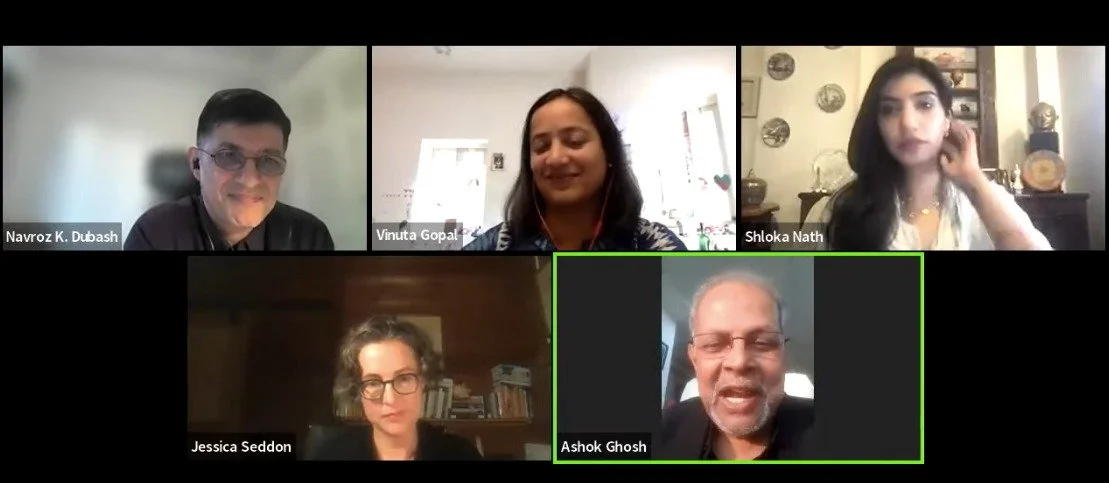ETS is gaining traction as a market-based instrument to reduce industrial emissions. However, questions around transparency, reproducibility, state capacity, and policy design and clarity threaten the viability of this approach in the Indian context.
Read MoreIndia's nationwide, year-round air quality crisis requires a radical rethink. But how does parliamentary discourse frame this issue? How should India approach its air quality standards in light of the WHO making its global guidelines more stringent? What would "taking the long view" on air pollution strategy look like?
Read MoreThe recent Working Group 1 report of the Intergovernmental Panel on Climate Change finds that particulate matter (PM or simply, fine particles) have ‘masked’ the impact of greenhouse gas emissions generated over the last century by about a third. If air pollution mitigation ‘worsens’ global warming, must we rethink pollution controls at all? Not quite.
Read MoreForty years ago, India passed the Air Act, 1981- the first central legislation to tackle the air pollution crisis. What has it accomplished over the last four decades? Does the Air Act have enough teeth to deal with the crisis?
Read MoreThe air pollution crisis in India can only be solved through sustained political commitment, and robust institutions. Letting the ordinance lapse reflects poorly on the Centre’s commitment, and is a significant blow to the development of air quality governance in the country.
Read MoreIs the new CAQM the answer to the pleas of National Capital Region (NCR) citizens and an end to the winter airpocalypse?
Read MoreThis report analyses the outcomes of state actions in response to COVID-19 and its impact on the air quality discourse in India.
Read More






